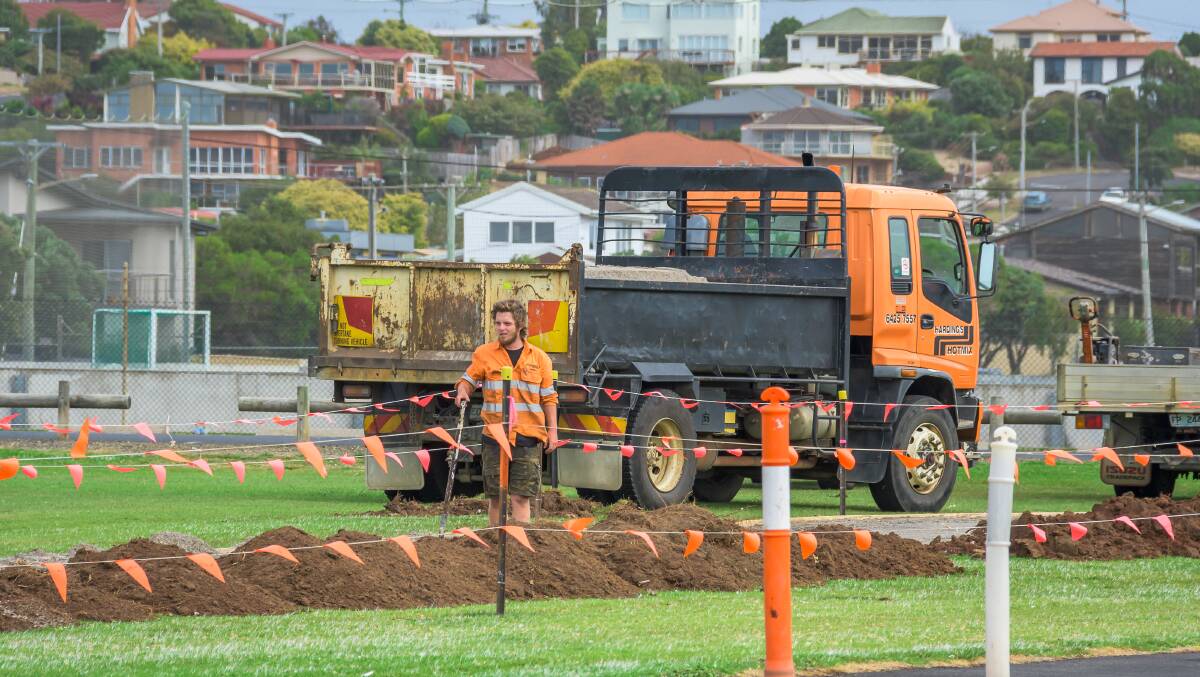
Employment in Launceston and the wider North is recovering strongly from the coronavirus crash, but the North-West remains well down on jobs.
Subscribe now for unlimited access.
$0/
(min cost $0)
or signup to continue reading
The North-West and West averaged 1200 fewer employed people per month in the year to February than in the previous year, according to original terms figures from the Australian Bureau of Statistics.
The ABS estimated Launceston and the North-East grew employment by 1200 by the same measure.
Employment in Greater Hobart (excluding the South-East) grew by 1000.
The agriculture sector's difficulty getting workers would be a major factor in the North-West jobs decline, Devonport Chamber of Commerce and Industry president Eric Mobbs suspected.
" ... agriculture is obviously much stronger in the North-West than anywhere else," Mr Mobbs said.
"I think there's a problem there getting workers to work in the agriculture sector."
He believed the higher rates of JobSeeker payments since the early days of the pandemic would have been a factor in keeping some potential agricultural workers away from the sector.
"I suspect (losses in agriculture) are by far the biggest contributor," he said.
He also noted the hit tourism had taken from travel restrictions.
On the flipside, he said he understood retail in the Devonport area was going reasonably well and construction in the region was "going like a house on fire".
He expected cheaper car fares on the Spirit of Tasmania ferries would aid tourism, but argued Devonport needed a second airline to push down flight prices.
Mr Mobbs expected the looming end of the JobKeeper wage subsidy would cost jobs, although he was unsure how big the hit would be.
As well as the direction of employment growth, the gender stories in the North-West and North were very different.
The ABS estimated working females had been hit hard in the North-West and West.
Female employment was down by 1000 in the region, while the employed males annual average fell by just 100.
Female employment had surged by 1200 in Launceston and the North-East, while male employment edged down by 100.
Males had fared much better than females in Greater Hobart, where male employment grew by 1700 and female employment fell by 700.
Unemployment rates had:
- increased from 6.4 per cent to 7.3 per cent in the North-West and West;
- increased from 5.9 per cent to 7.1 per cent in Launceston and the North-East; and
- fallen from 6.2 per cent to 5.8 per cent in Greater Hobart.
Annual averages of the monthly original term figures are used to smooth out volatility in the data.


